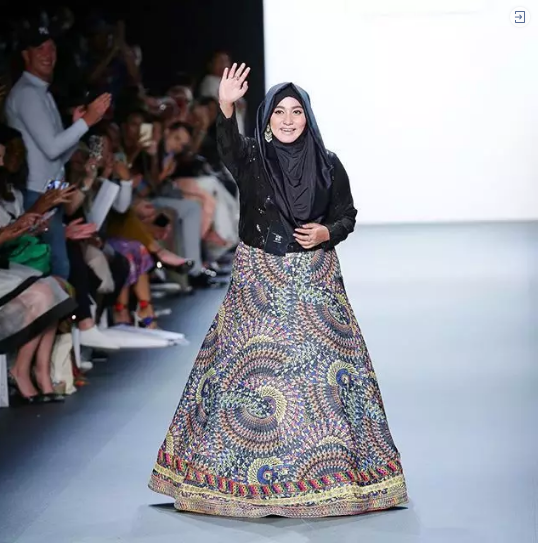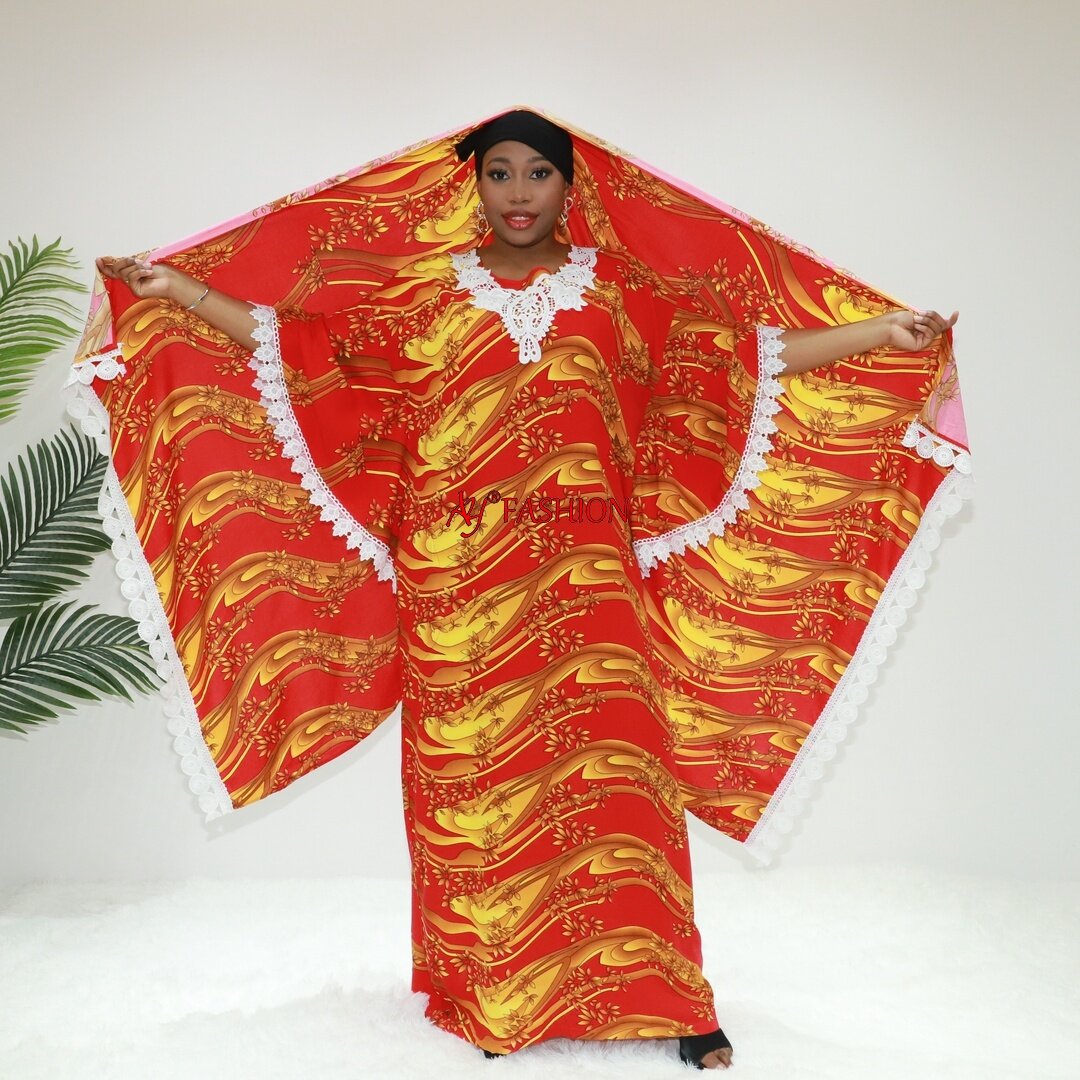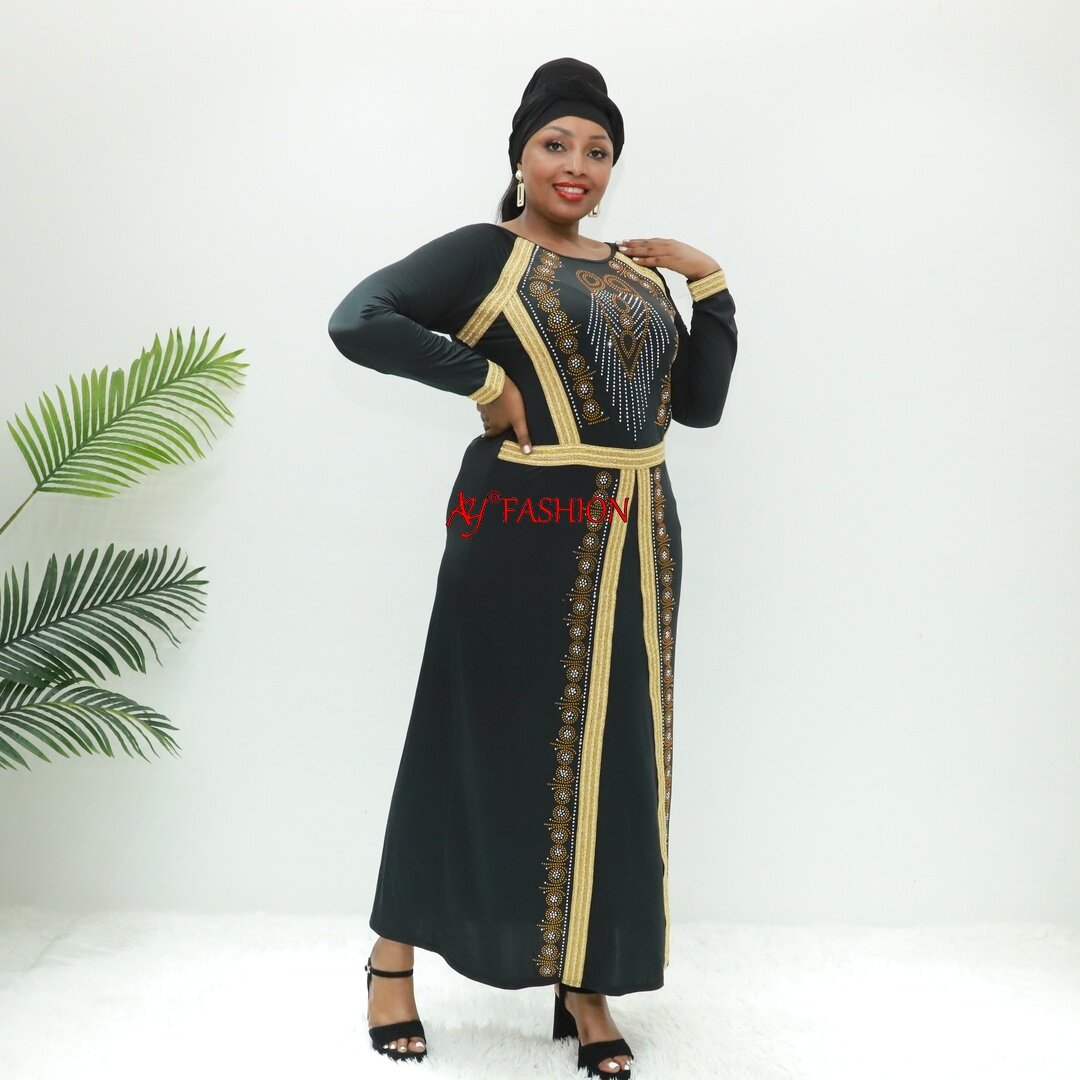Email format error
Email cannot be empty
Email already exists
6-20 characters(letters plus numbers only)
The password is inconsistent
Email format error
Email cannot be empty
Email does not exist
6-20 characters(letters plus numbers only)
The password is inconsistent

News
News

Difference Between a Hijab and an Abaya Dress
Hijabs and abayas hold significant cultural and religious importance. Both are essential elements of Islamic attire, yet they serve distinct purposes and are worn in different ways. For anyone looking to learn more about modest fashion or the cultural nuances of Islamic clothing, understanding the difference between a hijab and an abaya dress is key. This blog explores these two garments, their cultural significance, and how they contribute to modest dressing in the Muslim world.
What is a Hijab?
A hijab refers to a headscarf worn by Muslim women to cover their hair, neck, and often the chest. Derived from the Arabic word for "covering" or "curtain," the hijab has deep religious significance. It is considered an expression of modesty and an essential part of a Muslim woman’s attire based on Quranic teachings.

The Purpose of a Hijab
The primary purpose of wearing a hijab is to maintain modesty in front of those who are not immediate family members. In many Muslim cultures, the hijab serves not only as a religious symbol but also as a way for women to retain their privacy and dignity. Women wear the hijab for spiritual reasons, to comply with religious doctrines, and to express their identity and faith.
Different Styles of Hijab
While the basic concept of the hijab remains the same, there are numerous styles and ways to wear it depending on cultural preferences and personal style. Some common types include:
- Shayla: A long scarf wrapped around the head and draped over the shoulders.
- Al-Amira: A two-piece scarf set that consists of a fitted cap and a long scarf.
- Khimar: A cape-like garment that covers the chest and shoulders, often worn with a scarf to cover the head.
- Turban Style: A more modern take, where the scarf is wrapped in a turban-like manner around the head.
Despite these various styles, the hijab’s core principle remains the same: it is meant to cover the hair and neck, aligning with the principles of modesty.
What is an Abaya?
An abaya dress is a loose-fitting robe that covers the body from the shoulders to the feet. It is traditionally worn by women in many Muslim-majority countries, particularly in the Middle East, and is often associated with cultures in Saudi Arabia, UAE, and Qatar. The abaya is typically worn over regular clothing and is designed to be modest while allowing ease of movement.

The Purpose of an Abaya
The abaya serves to ensure that a woman’s body remains covered in a modest fashion, particularly in public settings. The modesty encouraged by wearing the abaya goes beyond covering the hair and neck (as with the hijab). It is about covering the body in a loose, non-revealing manner to maintain the principles of piety and humility.
While the hijab specifically addresses the coverage of the head, the abaya covers the rest of the body. Like the hijab, it is deeply rooted in Islamic teachings and is regarded as a garment that helps uphold a Muslim woman’s dignity. In many cultures, the abaya is seen as a formal piece of clothing suitable for public appearances, often worn in conjunction with a hijab for full coverage.
Key Differences Between Hijab and Abaya Dress
While both the hijab and the abaya contribute to a woman’s modest appearance, they serve distinct roles in modest dressing. Let's take a look at the key differences:
1. Coverage Area
- Hijab: Primarily covers the head, neck, and often the chest.
- Abaya: Covers the entire body, except for the face, hands, and feet.
2. Purpose
- Hijab: Its primary purpose is to maintain modesty by covering the hair and neck in front of non-mahram (those who are not close family members).
- Abaya: Worn to cover the body in a loose-fitting, modest manner, adhering to the principle of covering from head to toe.
3. Cultural Significance
- Hijab: A personal choice linked directly to a woman’s faith and religious practice, often seen as a sign of devotion.
- Abaya: More of a cultural attire that aligns with Islamic teachings but is also shaped by regional and societal customs. While it is widely worn in countries like Saudi Arabia and the UAE, it is not a religious obligation, though it is highly encouraged in many Islamic societies.
4. Wearability
- Hijab: Worn with almost any outfit, from casual to formal, and is available in various fabrics and styles.
- Abaya: Often worn for special occasions or in public. It is typically more formal than the hijab and is made of heavier materials like silk, cotton, or wool.
5. Styles and Variations
- Hijab: The variety in hijab styles is vast, with different wrapping techniques and fabric choices available.
- Abaya: The abaya is often a single piece of clothing, but there are also many variations, such as the embroidered abaya, buttoned abaya, or abaya with a cape.
Hijab and Abaya in Modern Fashion
In recent years, both the hijab and abaya have evolved in terms of style, with designers bringing contemporary flair to these traditional garments. The demand for modern interpretations of the hijab and abaya has led to the rise of stylish, colorful, and uniquely designed options.
-
Modern Hijab Fashion: Today’s hijabs come in various fabrics, such as jersey, crepe, and chiffon, with a broad spectrum of colors and patterns. From bold prints to more minimalist styles, hijabs have become an integral part of high fashion.
-
Abaya in Contemporary Fashion: Modern abayas often feature sleek cuts, embroidered designs, or even athleisure styles for casual wear. The modest style of the abaya makes it adaptable for both formal events and everyday wear.
Conclusion: The Power of Modesty in Fashion
Both the hijab and the abaya dress reflect a deep connection to faith, identity, and culture. While their core purpose is to promote modesty, they also offer women the freedom to express their individuality within the framework of their faith. Whether you're considering wearing a hijab for the first time or exploring the different styles of abayas, it's important to remember that these garments are not just pieces of cloth—they are expressions of empowerment, dignity, and cultural pride.
For anyone looking to embrace modest fashion, understanding the difference between a hijab and an abaya is a great first step. Each garment offers a unique way for Muslim women to feel confident, beautiful, and true to themselves, while also respecting their cultural and religious values.

